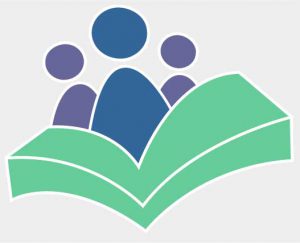Data Collection
- Identify texts
- Consent and/or media release participants according to your institution’s IRB
- Follow the administration protocols
- Transcribe the videos collected in the field
Getting Started
- Familiarize yourself with the SABR code book and training materials
- You may eliminate or add codes based on your research goals. Please note that the training materials for the short form are only available for the default (narrative) codes.
- Assemble your coding team and schedule training
- Visit the Coding Management Resources page for additional information and tips on managing your coding project
Training
- Identifying Utterances training presentation
- SABR 2.2 Transcript Coding training presentation
Independent Practice
- Practice transcript coding sheet
- Practice transcript scoring sheet and key*
*Note: Lead coder should download and save a copy of all answer keys, and be responsible for sharing them with coding team only after practice and reliability coding has been completed.
Form of Utterance Codes
Form of Utterance
Code each utterance as a comment, question, directive, or cloze prompt.
Cloze Prompt
Implicitly prompting for child/ren to complete a sentence with a word or phrase.
Repeat, Recast, Extend
Elaborating on child utterances by recasting or expanding the topic.
Minimum Response Required
The number of words a child must say to adequately answer the question.
Question Wording
There are many ways to ask a question.
Answer Known
Decide whether the teacher knew the answer to the question before s/he asked.
Child's Length of Utterance
Children can produce single-word or multiple-word responses.
Topic Control
Who is controlling the conversation, the teacher or a child?
Child's Response Accuracy
Determine whether the child's response to a teacher question was accurate.
Literacy Codes
Print Meaning
Talking about the function of print as a meaningful symbol.
Author/Illustrator
Naming the author/illustrator or discussing their roles.
Book & Print Conventions
Discussing how to use books, book parts, or rules and conventions that English print requires.
Letters
Talking about letter names, letter sounds, alphabetical order, or letter features
Words
Talk that identifies whole words in print or models writing of words.
Writing
Talk about how to write, invented spelling, and modeled writing.
Behavior Codes
Redirections & Management
Talk focused on managing children’s behavior.
Attention Directing
Talk that focuses students’ or the teacher’s attention.
Teacher Praise
Any talk that praises students.
Meaning Codes
Character Reference
Referencing characters as proper nouns.
Event Reference
Referring to overt character behaviors,
Cognition
Indicating explicit references to cognitive processes.
Desires/Preferences
Indicating wishes or wants.
Feelings/Emotions
Capturing feelings and emotions.
Judgments/Perspectives
Expressing judgments about the quality of something.
Causal Effects & Problem Solving
Discussing the link between cause and effect, or problems and their solutions.
Predictions/Forecast
Inferences on a forecasted causal chain into the future.
Define Vocabulary
Asking for or providing a word’s definition.
Making Connections
Modeling links between text and personal experiences.
Building Knowledge
Building background information and facts.
Act Out & Pretend Play
Dramatizing the book or other pretend role-play.
Sequence/Temporal
Explicit discussions of when events occurred.
Compare/Contrast
Comparing or contrasting at literal and inferential levels.

